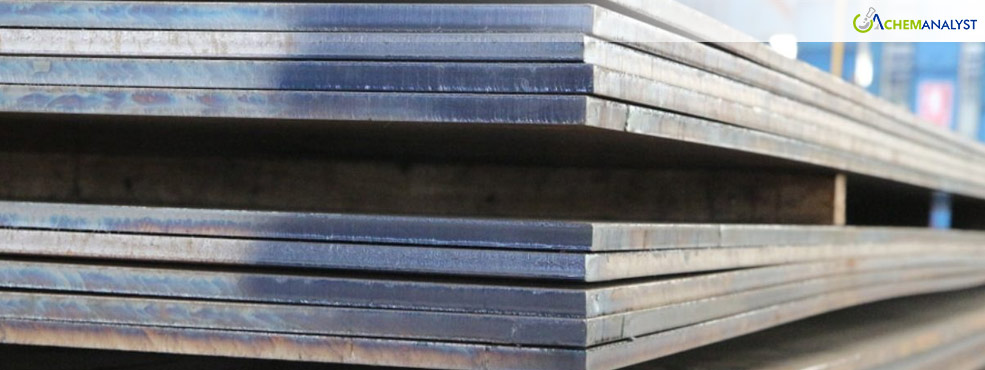Steel Plate Market Faces Challenges: U.S. Prices Decline as German Market Holds Steady
- 22-Jan-2025 6:00 PM
- Journalist: Lucy Terry
The Steel Plate market is currently undergoing significant fluctuations, with prices in the United States experiencing a decline, while the German Steel Plate market has shown stability since the beginning of January. This divergence reflects varying demand dynamics and economic conditions in these regions, as producers and buyers navigate a landscape marked by cautious sentiment, external pressures, and competition.
Key Takeaways:
U.S. Prices: Steel Plate prices in the U.S. decreased by 1.5%, reflecting weaker demand amid ongoing market uncertainties.
Germany Stability: The German Steel Plate market has remained stable, with no significant price changes observed in the week ending January 17.
Cautious Demand: Both markets are affected by cautious buyer behaviour, influenced by economic conditions and geopolitical factors.
Logistical Challenges: Domestic mills in the U.S. face challenges in inventory management due to logistical issues and fluctuating supply-demand dynamics.
In the United States, Steel Plate prices have dropped by 1.5% over the past week, driven by a combination of weak domestic demand and increased competition from imports. U.S. East Coast exporters are grappling with declining prices as buyer interest wanes, particularly from abroad. One major factor contributing to this downward trend is reduced demand from Turkey, which has led U.S. exporters to lower their prices to remain competitive in a sluggish market.
Conversely, the German Steel Plate market has shown resilience. Prices have remained stable since the beginning of January, with key producers maintaining their pricing despite external pressures. The relatively stable environment in Germany can be attributed to balanced supply and demand, with producers remaining vigilant in their inventory management and anticipating potential shifts in market behaviour as the year progresses.
The Steel Plate market's dynamics remain complicated by various factors, including logistical challenges, fluctuating foreign exchange rates, and competition from imports. In the U.S., limited demand for Steel Plate from other importing nations constrains options for exporters, while domestic mills are reportedly struggling with declining sales. In Germany, while the market is stable, uncertainties surround the import landscape as economic conditions shift.
Additionally, ongoing geopolitical events and trade policy uncertainties could further impact trading activity. Concerns over U.S. trade policies, particularly the potential introduction of tariffs, cast a shadow over the competitive landscape, potentially leading to supply chain disruptions that could affect pricing.
Looking ahead, ChemAnalyst suggest that for the Steel Plate market to regain momentum, an uptick in demand is essential. Stabilization of foreign markets, particularly from significant buyers like Turkey, will play a crucial role in invigorating the U.S. market. Additionally, should prices in the domestic U.S. Steel Plate market stabilize, it may encourage buyers to re-enter the market.
In summary, while the U.S. Steel Plate market confronts challenges resulting in declining prices, Germany's market demonstrates stability amidst cautious demand dynamics. Stakeholders in both regions must navigate a complex landscape to facilitate a recovery in Steel Plate prices.



